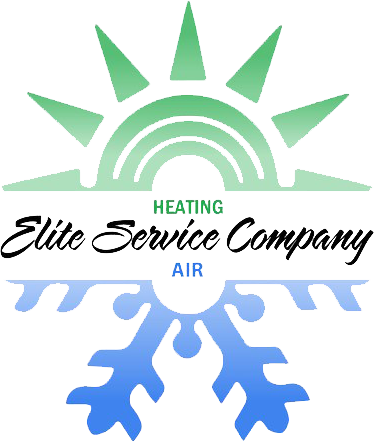DIY Troubleshooting
DIY Troubleshooting Guides
We understand that sometimes you encounter minor issues with your HVAC system that you might be able to resolve on your own. Below, we've compiled a list of common problems and simple solutions to help you troubleshoot your furnace, heat pump, or air conditioning system.
Remember, safety first!
If you're uncomfortable performing any of these troubleshooting steps or if the problem persists after attempting DIY solutions, don't hesitate to contact Elite Service Company for professional assistance. Our certified HVAC technicians are here to help you keep your HVAC system running smoothly and efficiently.
Furnace Troubleshooting
No Heat
- Check the thermostat settings to ensure they're set to heat mode and the desired temperature.
- Verify that the circuit breaker or fuse controlling the furnace is not tripped or blown.
- Replace the air filter if it's dirty, as a clogged filter can restrict airflow and cause the furnace to shut down.
Loud or Unusual Noise
- Inspect the furnace blower motor and fan belt for any signs of wear or damage.
- Tighten any loose screws or bolts on the furnace cabinet that may be causing vibrations or rattling noises.
- Schedule a professional inspection if the noise persists, as it could indicate a more serious issue.
Short Cycling
- Ensure that the air vents in your home are open and unobstructed to allow for proper airflow.
- Check the thermostat location to ensure it's not exposed to direct sunlight or drafts, which can cause inaccurate temperature readings and frequent cycling.
- Clean the flame sensor with fine-grit sandpaper to remove any buildup that may be interfering with its operation.
Heat Pump Troubleshooting
Not Heating or Cooling Efficiently
- Clean or replace the air filter to improve airflow and system efficiency.
- Check the outdoor unit for any debris or obstructions that may be blocking airflow and hindering heat exchange.
- Verify that the thermostat is set to the correct mode (heating or cooling) and temperature.
Ice Buildup on Outdoor Unit
- Check for restricted airflow caused by dirt, leaves, or debris around the outdoor unit and remove any obstructions.
- Ensure that the outdoor unit's defrost cycle is functioning properly by inspecting the defrost control board and sensors.
Strange Odors
- Inspect the indoor air handler and ductwork for any signs of mold, mildew, or microbial growth.
- Clean the evaporator coil and drain pan to remove any accumulated dirt, debris, or organic matter that may be causing foul odors.
Air Conditioning Troubleshooting
Blowing Warm Air
- Check the air filter and replace it if it's dirty, as a clogged filter can restrict airflow and reduce cooling efficiency.
- Inspect the outdoor condenser unit for any debris or obstructions that may be blocking airflow and hindering heat exchange.
- Verify that the thermostat is set to cool mode and the desired temperature.
Leaking Refrigerant
- Look for visible signs of refrigerant leaks, such as oily residue or frost buildup on refrigerant lines or components.
- Schedule a professional inspection to locate and repair any refrigerant leaks and recharge the system with the correct refrigerant type and amount.
Uneven Cooling
- Close blinds or curtains on windows facing direct sunlight to reduce solar heat gain and minimize temperature variations.
- Use ceiling fans or portable fans to circulate air more evenly throughout your home and improve overall comfort.
Hours of Operation
Mon-Fri: 8 am - 5pm
Sat: By Appointment Only
Sun: Closed
24/7 Emergency Service
Call Us Today!
All Rights Reserved | Elite Service Company | Privacy | Powered by Aletheia Digital

